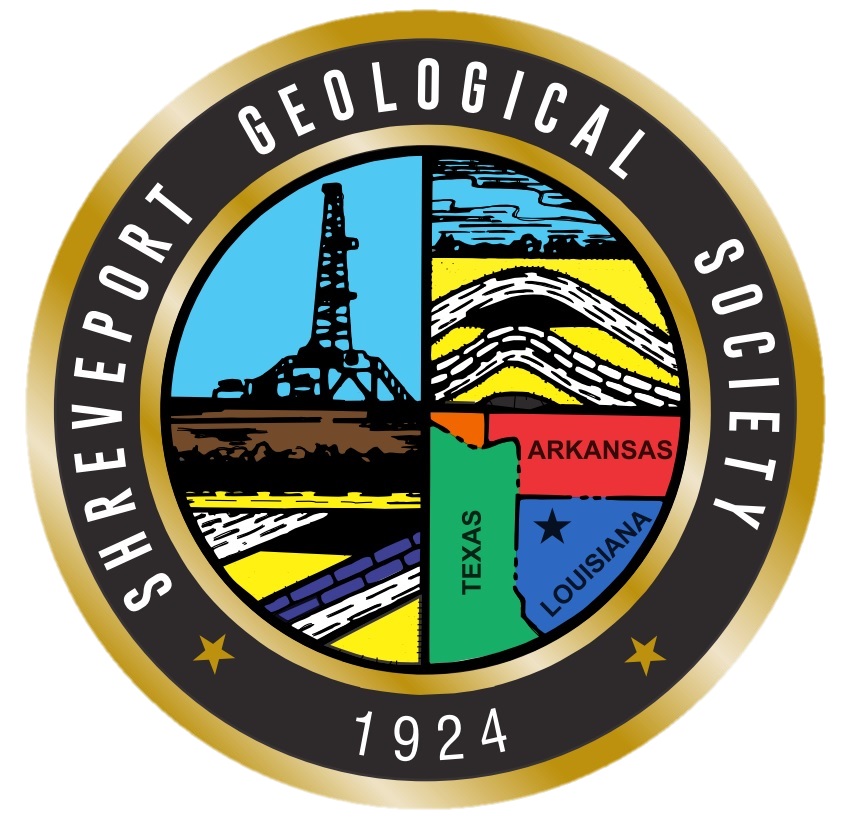The Petroleum Club of Shreveport, 15th floor
Cost: $20, Children 10 and under $8
We encourage members to invite guests, spouses, and friends to any of our meetings.
If you’d like a seat, kindly use the form below to make your reservation by the preceding Friday.
Biography
After graduating from the United States Military Academy at West Point in 1968, and after serving seven years in the US Army, Marvin completed a Masters in Economics at the University of Oklahoma in 1976. He joined Schlumberger in 1977 and has worked as field engineer, sales engineer, log analyst, account manager, computing center manager, and senior advising petrophysicist in various regions of the world including the US Gulf of Mexico and Interior salt basin, Indonesia, Thailand, Nigeria, London, Paris, Colombia, Ecuador and Peru. His areas of work interest include open hole petrophysics, cased hole petrophysics, and LWD interpretation. He has published many papers on petrophysical interpretation and holds a patent on measuring formation density through casing.
Marvin Markley
Abstract
Peru is an interesting country geologically as well as historically and was the first country in South America to produce hydrocarbons. More than 1.68 billion barrels of oil (BBO) and 340 billion cubic feet of gas (BCFG) have been produced from the Cretaceous-Tertiary Total Petroleum System in the Talara Basin province, northwestern Peru (over many, many years). (Source-USGS U.S. Geological Survey Bulletin 2206-A)
Peru ranks second on the continent in terms of proved natural gas reserves with 14.1 Tcf, placing it only behind Venezuela in South America, according to BP’s latest Statistical Review of World Energy—although several other countries in South America have more extensive prospective natural gas reserves—that are not in the “proved” category--- yet.
There are several productive areas/basins with very different depositional environments. Plate tectonics are at play along the coast and in the mountains. Different reservoir types will be discussed showing logs from very different fields, offshore, onshore and in the Amazonian jungle.
Historically, natural gas production was practically negligible until the Camisea Field finally took off in the southern rainforest region in the late 2000s. Originally discovered in 1986 by Royal Dutch Shell and ExxonMobil Corp, the giant’s 2P reserves now hover at about 13.5 Tcf. Camisea’s concessions 56 and 88 operated by Pluspetrol are the country’s top gas producers.
As Peru has the only LNG export terminal on the continent with a pipeline running from the Camisea gas field to the coast. This pipeline also runs to Lima to supply Peru with Compressed Natural Gas for car, trucks and buses.
Though the country boasts a significant reserve advantage compared to its regional counterparts, it only produced 494 Bcf in 2016 (almost all from Camisea). The amount placed it in sixth place behind Venezuela, Trinidad and Tobago, Argentina, Brazil and Bolivia. Increased production is expected once new gas prospects are delineated.







































